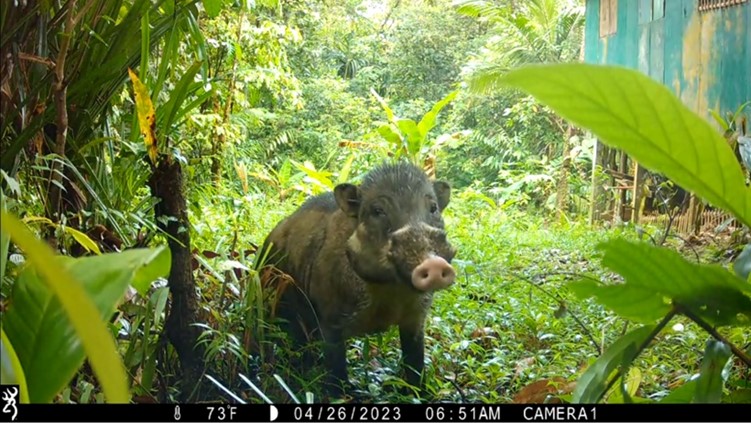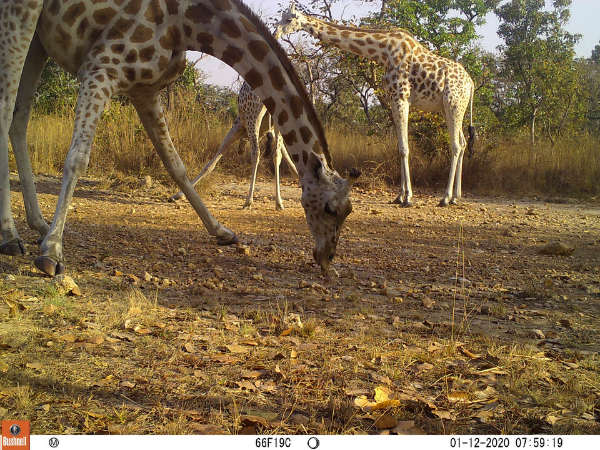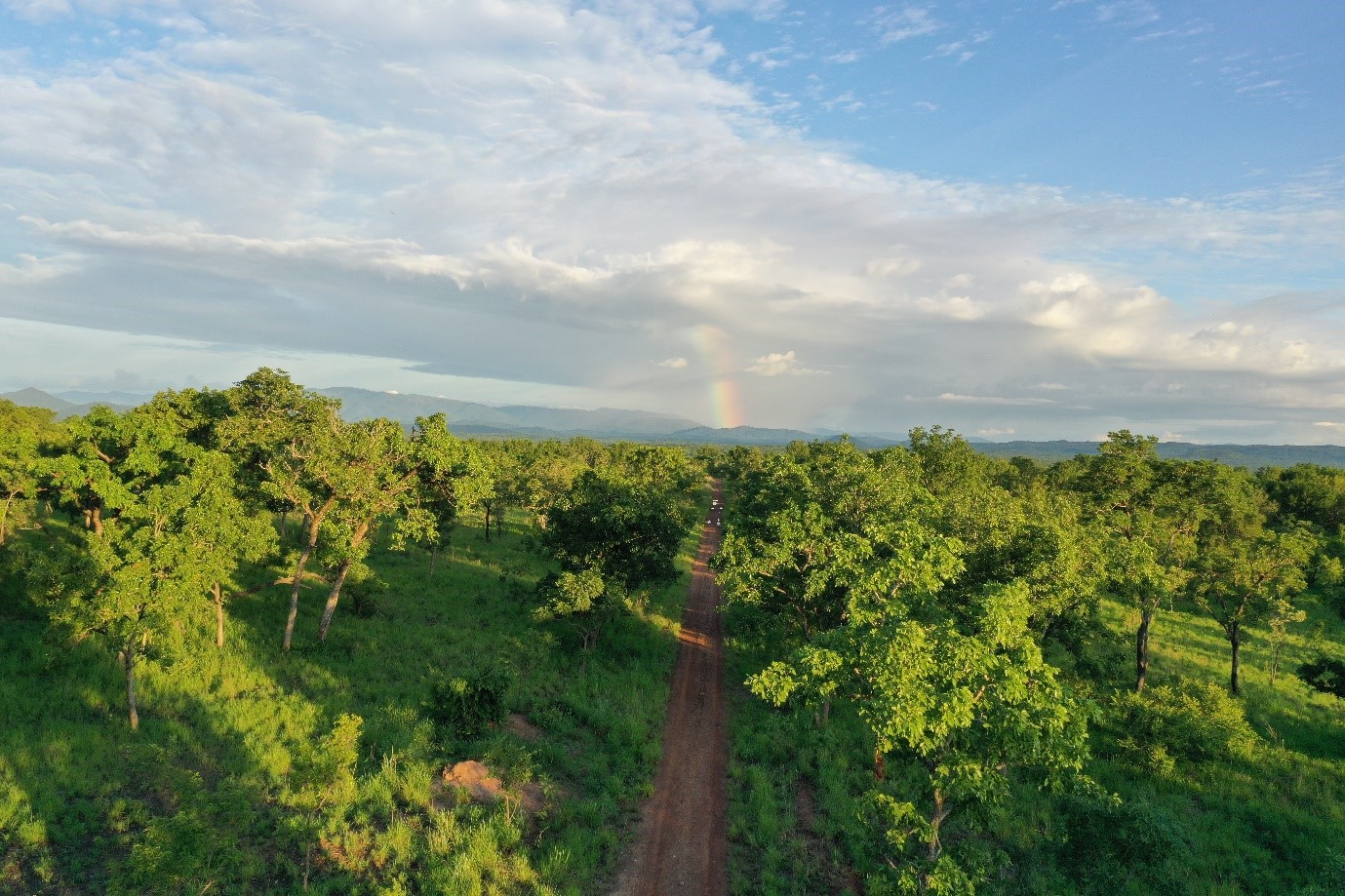
A journey through our conservation projects: part two
Posted on: 14 August, 2025
In our previous instalment, we introduced you to some of the species that our conservation projects are working to protect in Monte Alén National Park, Equatorial Guinea, which include Critically Endangered western lowland gorillas and Critically Endangered African forest elephants.
Here, we continue exploring some other animals we are working to conserve, explaining the threats they face in their natural habitats and the impact our vital work has on their survival as a species.
Critically Endangered blue-eyed black lemurs in Madagascar
 Critically Endangered blue-eyed black lemurs are native to the Sahamalaza Iles Radama National Park, in northwest Madagascar, where we are working to protect the species. We also have a pair here at Bristol Zoo Project, one of the only breeding pairs in the UK. They play an integral part of a European conservation breeding programme, as we hope to preserve the species from increasing threats they face in the wild, which include habitat destruction as well as illegal hunting and trapping.
Critically Endangered blue-eyed black lemurs are native to the Sahamalaza Iles Radama National Park, in northwest Madagascar, where we are working to protect the species. We also have a pair here at Bristol Zoo Project, one of the only breeding pairs in the UK. They play an integral part of a European conservation breeding programme, as we hope to preserve the species from increasing threats they face in the wild, which include habitat destruction as well as illegal hunting and trapping.
In Madagascar, we have been working with local partners, such as the AEECL (Lemur Conservation Association), to measure and monitor the regions precious biodiversity, and to working with local communities to halt and reverse the destruction of these crucial forest habitats. We are working to gather baseline information about community attitudes and values towards conservation, as well as overseeing community nurseries and utility plantations that are helping to reforest the National Park.
As part of the reforestation project, teams and local communities in Madagascar have recently planted 7,000 seedlings in the National Park, an initiative we have been running for the last few years in an attempt to reconnect the fragmented forests of these endemic species. By reconnecting two isolated forests, populations can connect and breed with a wider pool of their species, creating a stronger and more diverse gene pool, which in turn will help them to thrive.
Critically Endangered Visayan warty pigs in the Philippines
 In the Philippines, we have been working with in-country partner, PhilinCon, to protect some of the native species whose wild populations are declining rapidly, one of which is the Critically Endangered Visayan warty pig. Voted as the least liked species by local communities in the Philippines, they continue to face threats of hunting, infectious disease, and habitat loss.
In the Philippines, we have been working with in-country partner, PhilinCon, to protect some of the native species whose wild populations are declining rapidly, one of which is the Critically Endangered Visayan warty pig. Voted as the least liked species by local communities in the Philippines, they continue to face threats of hunting, infectious disease, and habitat loss.
Through our projects, we have been investigating the causes of hunting while helping communities diversify their livelihoods and improve perceptions of Visayan warty pigs, highlighting the important role they play within the ecosystem of the Northwest Panay Peninsula Natural Park (NPPNP). This three-year project, which was funded by the UK government’s Darwin Initiative, took place across eight communities surrounding the NPPNP and sought to empower the community to make environmentally conscious decisions through capacity building and social marketing techniques. From basketball tournaments to quizzes, school visits, community mural paintings, and the ‘Walk for Wildlife,’ a five-day hiking event around the perimeter of the national park, the campaign focused on instilling pride in local wildlife with the aim of reducing illegal hunting.
We also support the Talarak Foundation and the Center for Tropical Conservation Studies (CENTROP), two breeding centres which house some of the most threatened species from the Western Visayas, including the Critically Endangered Visayan warty pigs and Negros bleeding-heart doves. We provide scientific and technical advice to improve conservation breeding practices and animal welfare and husbandry knowledge.
Critically Endangered Kordofan giraffe in Cameroon
 Since 2016, the Society has been working in Cameroon to protect wildlife in Bénoué National Park, including the Critically Endangered Kordofan giraffe. Working closely with local partners, we have been monitoring populations of giraffe and other wild animals in the park, as well as supporting eco-guard patrols to protect the threatened wildlife found there. It is thought fewer than 2,000 Kordofan giraffes are remaining in the wild – a decline of 85% since 1980. Habitat degradation, as well as illegal hunting, has already seen the loss of cheetah, black rhino, and all resident elephants from the national park. In partnership with Cameroonian NGO Sekakoh and the National Park’s Conservation Service, we are working to enhance the effectiveness of anti-poaching patrols and monitor population trends in the region’s wildlife.
Since 2016, the Society has been working in Cameroon to protect wildlife in Bénoué National Park, including the Critically Endangered Kordofan giraffe. Working closely with local partners, we have been monitoring populations of giraffe and other wild animals in the park, as well as supporting eco-guard patrols to protect the threatened wildlife found there. It is thought fewer than 2,000 Kordofan giraffes are remaining in the wild – a decline of 85% since 1980. Habitat degradation, as well as illegal hunting, has already seen the loss of cheetah, black rhino, and all resident elephants from the national park. In partnership with Cameroonian NGO Sekakoh and the National Park’s Conservation Service, we are working to enhance the effectiveness of anti-poaching patrols and monitor population trends in the region’s wildlife.
We continue to support teams in conducting monthly anti-poaching patrols in Bénoué National Park and, since 2022, have supported the repair of over 100 km of the park’s internal road network, run three training workshops, and provided boots, uniforms and equipment to help facilitate more effective wildlife patrols.
Through the deployment of 40 camera traps across the national park, this project has been the first large-scale survey of the wildlife living in the area, monitoring behaviours and analysing the risks they face. This data has then helped inform Cameroon’s Giraffe Conservation Action Plan, which will help advise future wildlife protection measures in the country.
 Thanks to the skills and expertise of the amazing staff here at Bristol Zoological Society, as well as our in-country partners, we are able to make effective contributions to the conservation of species all over the world. Our funders and supporters enable us to collaborate with local communities, who help us in our mission to protect species and ecosystems that need our help the most.
Thanks to the skills and expertise of the amazing staff here at Bristol Zoological Society, as well as our in-country partners, we are able to make effective contributions to the conservation of species all over the world. Our funders and supporters enable us to collaborate with local communities, who help us in our mission to protect species and ecosystems that need our help the most.
Find out more about our conservation projects and the profound effects they have here.
More information on how you can help support our efforts can be found below.

